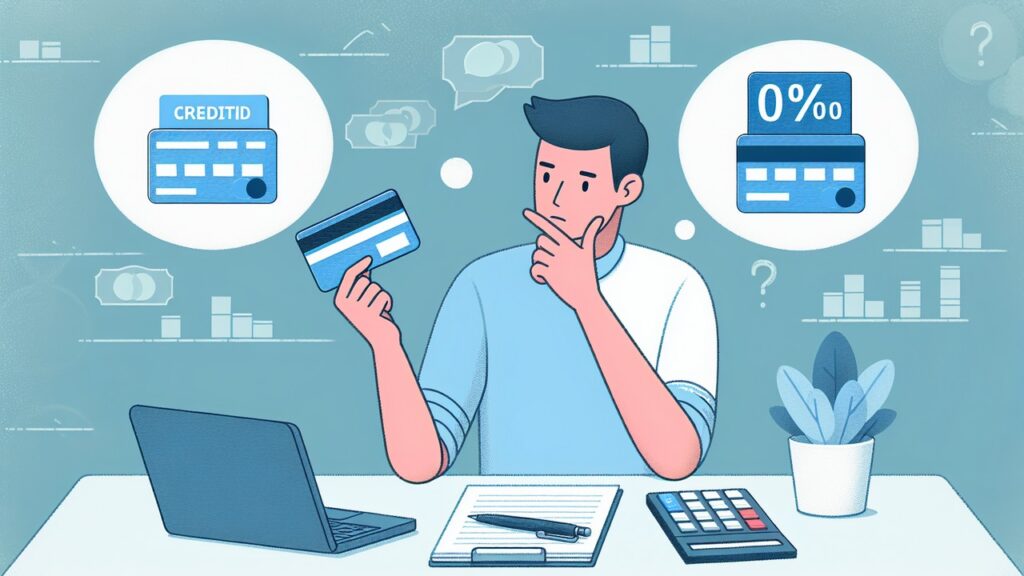Americans collectively owe a staggering amount in credit card debt, in fact over $1 trillion to be precise. But here's a twist: it’s not the millennials or Gen Z with the most credit card dues but Gen Xers who happen to be shouldering the heaviest burden. As of the third quarter of 2023, individuals between the ages of 43 and 58 have an average credit card balance of $9,123, topping the charts among all generations, according to Experian data.
This isn't just about throwing around alarmingly big numbers though, it's about finding a way out. So if you’re feeling the crush of credit card debt, stick around. We’ve lined up five practical tips from experts to help you find your way to financial freedom:
1. Know Your Debt Like the Back of Your Hand

First things first, understand exactly what you owe and the interest rate on each of your cards. Getting a clear picture of your debt is the first step toward managing it better.
2. Give Your Credit Report a Check-Up

You can snag a free credit report from each of the big three credit bureaus — Equifax, Experian, and TransUnion, once a year at annualcreditreport.com. Look for any errors and dispute them if necessary. Also, check out your credit score through your credit card provider, if they offer it. Understanding what affects your score helps you improve it, which can lead to better interest rates.
3. Consider Debt Consolidation

If your credit score is looking pretty good (think 700 or higher), a 0% interest balance transfer card could be a game changer. These cards let you avoid interest for up to 21 months, which can save you loads. Alternatively, a personal loan might do the trick, offering lower rates and consolidating your payments into one.
4. Negotiate with Your Card Issuer

If a new card or loan isn't an option, just pick up the phone and ask your card issuer for a lower rate. You'd be surprised how many people score a lower rate just by asking. And if times are tough, consider negotiating a settlement for less than what you owe. But tread carefully with debt settlement companies — they can be pricey and risky.
5. Stick to a Repayment Strategy

Now that you've got your interest rates down, figure out a solid payment plan. Cover your essentials first, then allocate what's left to pay down your credit card debt. Whether you choose the avalanche method (highest interest first) or the snowball method (smallest balance first), the key is consistency. And if you're still using a credit card for daily expenses, pay off that balance monthly to avoid sinking deeper.
© 2025 Benzinga.com. Benzinga does not provide investment advice. All rights reserved.
Trade confidently with insights and alerts from analyst ratings, free reports and breaking news that affects the stocks you care about.